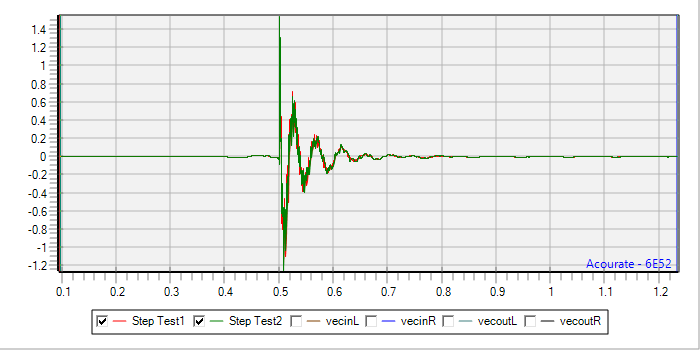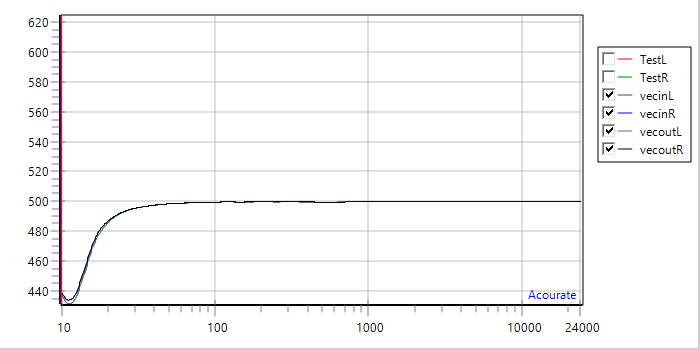DIGITAL ROOM CORRECTION
Listening to loudspeakers in small rooms leads to a severe degradation of sound quality. Not only is the loudspeaker by far the weakest link in a Hi-Fi chain, but – more seriously – up to about 600Hz the room is in control, not the speakers. Almost everyone does appreciate the clarity and power of bass played via a PA or within a large concert venue. At home, in a room, the bass sounds boomy and less punchy. Timbre does also change, depending on the notes played. The good news: Today’s state-of-the-art DSP software allows you to correct a lot of the artifacts introduced by the room (or the speakers within the room). A very good overview of the evolution and the capabilities of modern DSP software can be found in the great video created by Mitch Barnett of Accurate Sound. The video is on Youtube. Now what’s the idea behind digital room correction?
Digital room correction or digital room EQ uses digital signal processing (DSP) to correct both, the loudspeaker itself and more importantly, the loudspeaker interaction with the room. In particular in small room, these are the ones in which audiophiles usually listen to their systems, the sonic degradation can be largely corrected. How good can it be? The following three graphs show a real-life system optimized with digital room correction in a small room (<20m2). Technically educated readers may assume, that these measurements show an ideal speaker in an anechoic chamber. Not, that’s not the case. These are real measurement data! Curious on how this is done? Just continue reading!




With the arrival of streaming audio, digital audio files became much more accessible than ever. If your source audio is already represented in a digital – and easy to manipulate format – why not pre-emphasize or pre-correct the data before it is passed on to conversion into the analogue domain? This became particularly easy with the widespread use of NAS devices (Don’t forget: Both run a mostly Linux based small processing platform, but fully sufficient for the application), which are requiring some sort of server application to pass-on the audio data to whatever device comes next in the signal chain, mostly via networks.
A very powerful way to do this is for example the Minim Server in combination with FFmpeg or ConvoFS. It allows any incoming audio stream to be convolved with whatever target file you’d liked it to be processed with and then passed on to conversion. This applies to different software packages such as Acourate or Dirac Live.
A very popular alternative solution is miniDSP as a platform. It comes in various versions and offers quite a versatile range of features.
Even though DSPs have progressed a lot during the past ten years, PC performance has by far outperformed them. In comparison, the PC became 10 times more powerful. Using an ordinary PC for audio processing is today’s choice.
A software toolkit such as Acourate uses a PC with 64 bit double precision calculation accuracy. Due to its non-time critical calculation of the convolution files (also in 64 bit) it allows the convolution with basically no loss of resolution, even when the volume is going to be reduced in a following digital attenuator. The genius measurement procedure and digital signal processing in Acourate in combination with its PC based calculation does allow creating an almost perfect system! This is outperforming any DSP based real-time intervention.
With all these tools available, one can now generate a digital crossover (linear-phased), linearize any speaker chassis flaws, get them time-aligned and then using the Acourate toolbox to create an almost perfect speaker, adjusted and compensated for your rooms acoustic weaknesses!
Those, who so far have listened to an Acourate enabled digital speaker, have been absolutely thrilled! Almost everyone said, that the sonic qualities are only superseded by a live music event.
Consequently, if you follow this route, it can bring you to new heights in sound reproduction at home!

